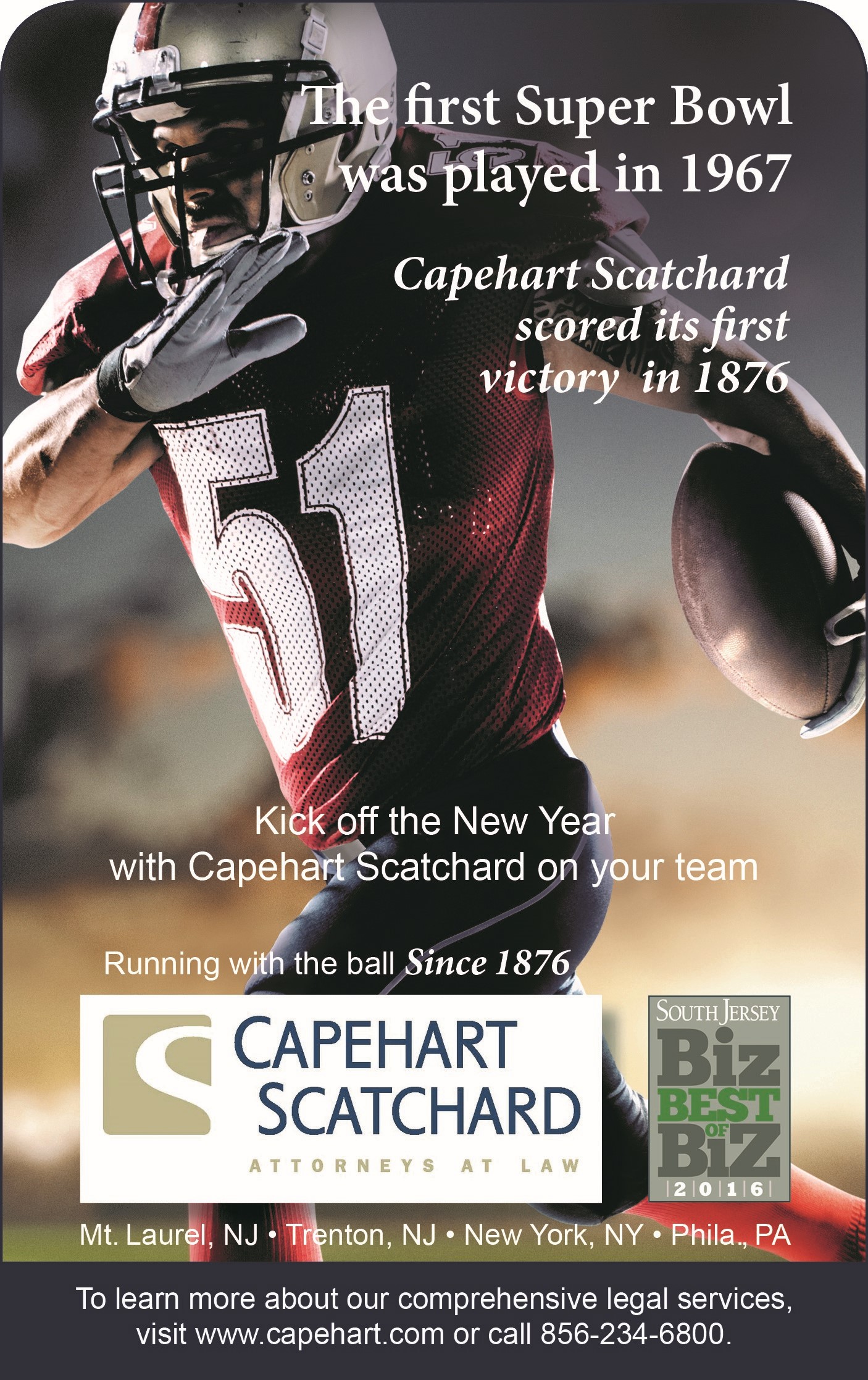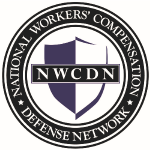Trainer Injured at Health Club Shed Her Employee Status and Was Not Covered at the Time of Her Fall
Mary Patterson worked for The Atlantic Club as a personal trainer, training clients from 6:00-7:00 a.m., from 8:00-11:00 a.m., and from 12:00-3:00 p.m. She was injured at 11:15 a.m. when she tripped and fell, breaking her wrist on the premises. The Atlantic Club denied the claim asserting that she was not in the course of her employment at that specific point in time.
There were various facts in dispute, but the parties agreed that Patterson’s 11:00 a.m. client did not show up for her training session. Further, the parties agreed that Patterson was not wearing her uniform at the time of her injury, namely a black trainer shirt. She said she had taken it off due to the heat. Patterson claimed that she was returning exercise bands which she planned to use for her 11:00 a.m. client when she tripped and fell. Her employer argued that she was working out when she was injured.
There was conflicting evidence on whether petitioner punched out at 11:00 a.m. A time card entered into evidence showed that Patterson punched out at 11:00 a.m. However, petitioner’s former manager testified that he altered Patterson’s time card, at the employer’s request, to indicate that she had punched out and was not working at the time of her injury. The Judge of Compensation found this evidence to be unreliable for a number of reasons. First, the former manager had been fired some time after this event for submitting time cards for compensation for personal training sessions with a person who was deceased. Further, the time card was shown not to have been changed for about two weeks.
The general manager of the health club, Kathy Guibord, testified that Patterson may not have punched out at the time of the accident. However, petitioner told Guibord that she was working out on her own and was not training anyone when she was injured. Guibord noticed that petitioner was in her workout clothes at the time of her injury.
The Judge of Compensation viewed the issue of punching out on the time card as insignificant. He instead focused on the detail that petitioner was out of her uniform. “[S]he changed out of her uniform and into her personal clothes because she was on her personal time and no longer working.” The Judge of Compensation dismissed the case, holding that petitioner failed to prove her injury occurred during the course of work.
The Appellate Division affirmed the dismissal of this case:
Patterson has simply not met her burden. . . . She was not wearing the required uniform while she alleged she was waiting for her client. Guibord testified Patterson told her immediately after the incident that she had been working out on her own when she fell and broke her wrist. Given the judge’s credibility findings, which we review deferentially, his ultimate conclusion does not appear to be arbitrary, capricious, or unreasonable.
Petitioner made an interesting argument on appeal. She maintained that there was a mutual benefit to her employer in her working out even if it was for herself. She contended that employees were affirmatively encouraged to work out at the club in order to increase the employer’s business. Unfortunately for petitioner, this issue had not been raised in the trial in the Division of Workers’ Compensation. Seldom will an appeals court address an issue not raised in the original trial. Furthermore, the witnesses Patterson relied on to establish this point were found by the Judge of Compensation to be lacking in credibility.
This case is useful for practitioners in that it shows that not all injuries at work are compensable. The holding here was that the activity which led to petitioner’s injury was personal and not part of her job duties. The case can be found at Patterson v. The Atlantic Club, A-0657-12T1 (App. Div. July 11, 2013).
________________________________________________________________________
This blog article was researched and written by John H. Geaney, a member of the executive committee and equity partner at the law firm of Capehart Scatchard. The content of the this article is intended to provide general information on the topic presented, and is offered with the understanding that the author is not rendering any legal or professional services or advice. This article is not a substitute for legal advice. Should you require such services, retain competent legal counsel.








Connect with Capehart Scatchard